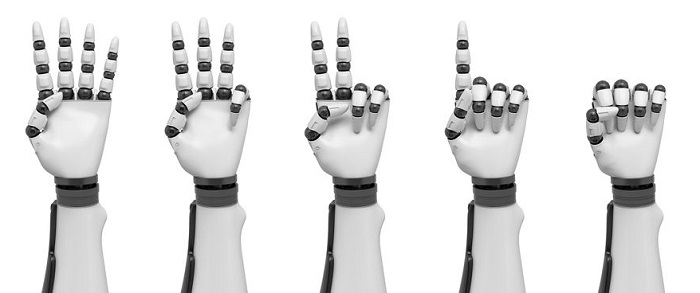Four ways knowledge workers will adapt to RPA in the workplace

For decades, pundits and tech journalists have been heralding the rise of intelligent machines and how they will revolutionize the way we live our lives. A big part of that shift involves "intelligent" software that is supposed to transform the modern workplace.
With the arrival of accessible automation tools, often described as Robotic Process Automation (RPA), we are finally beginning to see a noticeable change in the way digital technology impacts our work routine. The successes of RPA early adopters have started to catch the attention of other businesses that are seeking to replicate their results. This momentum will propel RPA into the mainstream very quickly, and just as quickly, the average knowledge worker will have to transition from never having heard of RPA to possessing practical experience working with bots.
Here are some ways that RPA is transforming our experience – and our responsibilities – as knowledge workers.
Prepare to become a “bot boss”
You might have encountered self-serve checkout lines at your local supermarket. Instead of a team of cashiers scanning groceries, a single cashier acts as a trainer and supervisor for first-time users of this new system. They walk customers through the process and provide assistance when something unexpected happens. Implementing RPA represents an opportunity for many employees to be “promoted” to a similar supervisory role.
Suppose you spend several hours each week searching for emails that contain details on recent shipments, finding out which courier company the shipment is being delivered by, checking the status of the shipment on that courier’s tracking website, and typing that status into your company’s central supply chain database. With an RPA solution, you could train a bot to carry out the same series of tasks. You’ll just be responsible for monitoring your bots, which will allow you to concentrate on more strategic processes like performance analysis and inventory optimization.
Since your bots will use the same digital tools (email clients, web browsers, spreadsheets, etc.) as you used to, you’ll still rely on your prior experience working with those tools. You’ll also need to learn enough about the RPA platform to track how your bots are performing and intervene when they encounter situations they weren’t trained to handle.
Transitioning to a bot trainer
To take your career to the next level, you could learn how to train your bots on new tasks instead of relying on your IT department to make adjustments every time your tasks change. You’d quickly become a more agile, more valuable employee.
For example, if management decides that any part substitutions in your manufacturing processes need to be approved by two separate engineers instead of one, then you could train a bot to forward each substitution request to the correct personnel and only proceed with the change after the bot receives two approvals.
Even though several “no-code” RPA platforms exist that are much simpler than full-fledged application development, training complex bots often requires a basic understanding of programming fundamentals like conditions, loops, and functions. People who use computers and smartphones on a daily basis will catch on fairly quickly, but their shift in job focus could lead to difficulties similar to the sort that first-time managers often face.
FREE Membership Required to View Full Content:
Joining MSDynamicsWorld.com gives you free, unlimited access to news, analysis, white papers, case studies, product brochures, and more. You can also receive periodic email newsletters with the latest relevant articles and content updates.
Learn more about us here